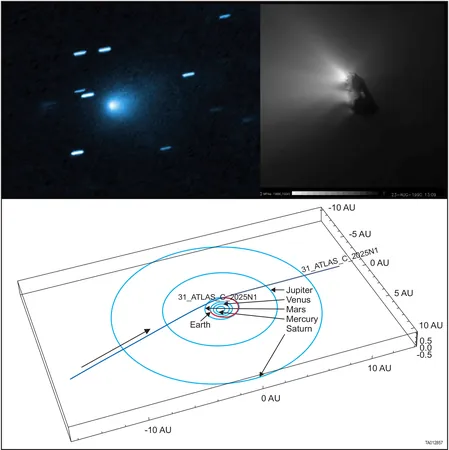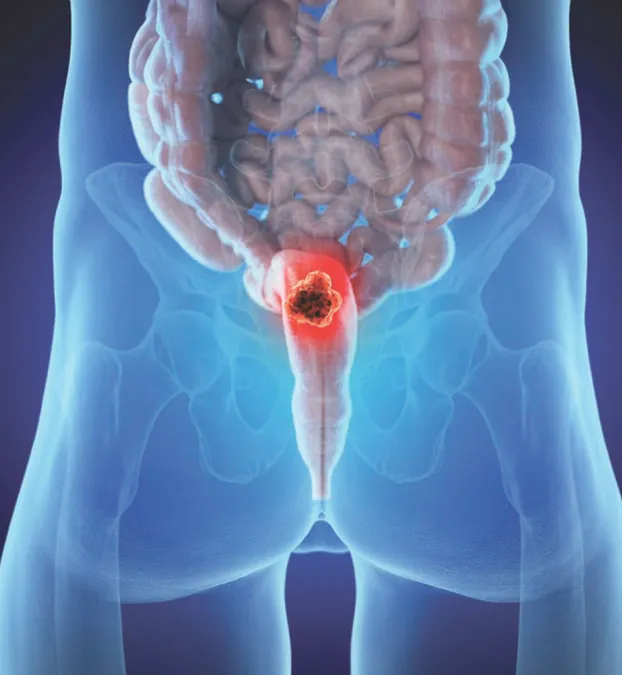
Breakthrough Discovery Offers Hope for Rare Childhood Disease by Targeting Cell Death
2025-08-29
Author: Arjun
Revolutionary Findings on Inflammatory Cell Death
Researchers from the University of Cologne’s Center for Biochemistry and the Bambino Gesù Pediatric Hospital in Rome have made a groundbreaking discovery linking the immune sensor protein STING to a specific type of inflammatory cell death. Their study, published in the prestigious journal Nature, reveals how STING activation is crucial for initiating programmed cell death, a process that, when misregulated, can lead to chronic inflammation.
Unlocking the Mysteries of Necroptosis
Led by Dr. Gianmaria Liccardi, the team uncovered that when STING is activated, it triggers another protein known as ZBP1, which is responsible for a type of cell death called necroptosis. This significant revelation clarifies longstanding questions in cell biology about necroptosis activation and connects it to severe inflammatory diseases.
A Ray of Hope for Children with SAVI
The implications of this discovery are especially vital for children suffering from STING-associated vasculopathy with onset in infancy (SAVI), a devastating genetic disorder with currently no available cure. The research team analyzed samples from SAVI patients and determined that programmed cell death occurs abnormally in these children. Furthermore, in a preclinical mouse model, halting necroptosis significantly alleviated symptoms, reduced severity, and notably extended survival.
Potential New Treatments on the Horizon
Dr. Liccardi emphasizes that this research highlights STING’s role beyond just immune signaling; it is also a direct instigator of inflammatory cell death. Targeting this pathway could open doors to novel therapeutic interventions, not only for SAVI but also for a broader range of STING-related inflammatory diseases. The possibility of developing drugs that inhibit programmed cell death presents a hopeful future for patients facing these currently untreatable conditions.
A Collaborative Achievement
This exciting study resulted from collaborative efforts among various experts in cell death and inflammation at the University of Cologne and the Bambino Gesù Pediatric Hospital. Dr. Liccardi credits the outstanding research environment and international expertise that facilitated this significant breakthrough. He expressed gratitude to his team, particularly first author Konstantinos Kelepouras, for their dedication to this ground-breaking work.
Looking Ahead: More Research Needed
While these findings are promising, further studies are essential before any new treatments can be developed for SAVI or related diseases. As research continues, there is growing optimism for finding solutions to previously unmanageable conditions affecting vulnerable patients.





 Brasil (PT)
Brasil (PT)
 Canada (EN)
Canada (EN)
 Chile (ES)
Chile (ES)
 Česko (CS)
Česko (CS)
 대한민국 (KO)
대한민국 (KO)
 España (ES)
España (ES)
 France (FR)
France (FR)
 Hong Kong (EN)
Hong Kong (EN)
 Italia (IT)
Italia (IT)
 日本 (JA)
日本 (JA)
 Magyarország (HU)
Magyarország (HU)
 Norge (NO)
Norge (NO)
 Polska (PL)
Polska (PL)
 Schweiz (DE)
Schweiz (DE)
 Singapore (EN)
Singapore (EN)
 Sverige (SV)
Sverige (SV)
 Suomi (FI)
Suomi (FI)
 Türkiye (TR)
Türkiye (TR)
 الإمارات العربية المتحدة (AR)
الإمارات العربية المتحدة (AR)